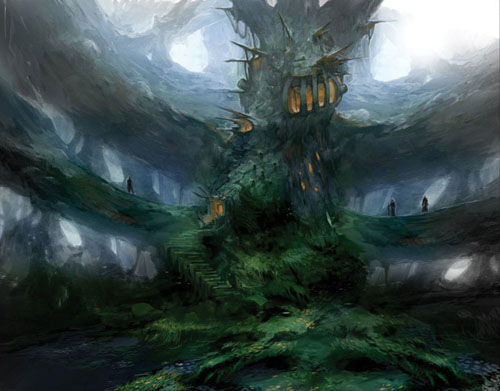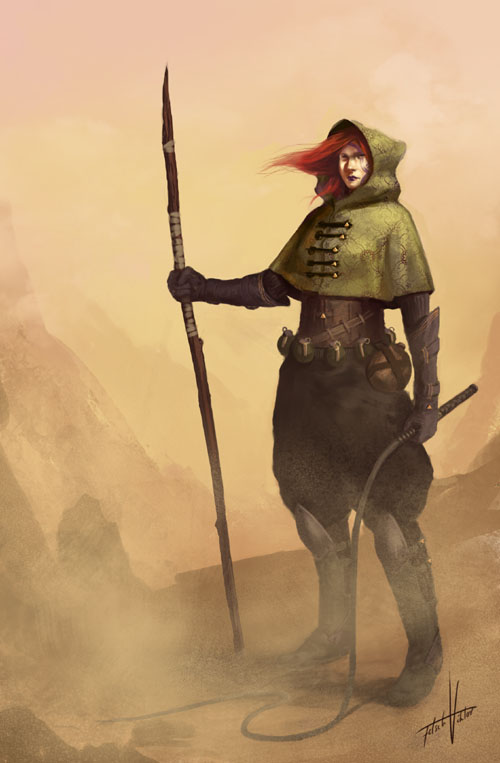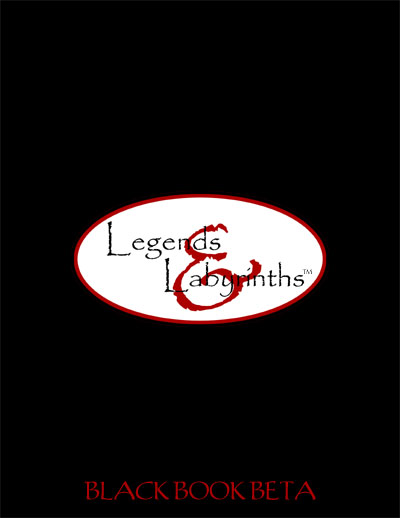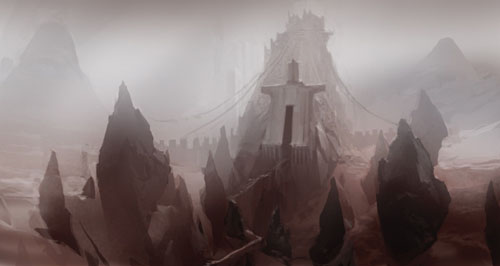Last January, the Alexandrian swapped over from its previous existence as a cobbled-together morass of HTML to a WordPress installation. This meant that I needed to hand-convert over 500+ posts which existed on the old site. This went at a fairly brisk pace until I hit the mid-point of 2010, which is when I started getting experimental with my HTML coding. This greatly improved the look of the old site; but made converting things over to the new site a bit of a headache (as old formatting would break and new formatting needed to be figured out).
But as of today the Great Conversion is over! All of the old posts and as many of the old comments as survived the slow death of HaloScan can now be found on the WordPress installation (which is what you’re reading now).
Since I’ve just wrapped up the conversion of 2010, here are some highlights from the posts that year:
Node-Based Scenario Design: The manifesto of non-linear adventure design.
Xandering the Dungeon: The manifesto for non-linear dungeon design.
Richard II: Thomas of Woodstock – Script and Ending: An apocryphal play sometimes ascribed to Shakespeare. I edited and made available on the ‘net the first decent edition of the text. It’s missing most of the last scene, so I wrote a replacement.
Hard Limits in Scenario Design: Inspired by an analysis of the GUMSHOE system, this look at hard limits in system design and how they affect (or should affect) your scenario design has played a surprisingly large roll in my thinking about roleplaying games over the past two years.
You Can’t Do That Here: Another GUMSHOE-inspired analysis. Sometimes systems actively prevent certain things from happening. Other times, players get stuck when they start thinking exclusively in terms of the system’s paradigms.
Werewolf Templates: A re-organization of the werewolf templates from 3rd Edition which make them much, much easier to use. (Plus: Bradoch the Wererat, the Spider Weird of Hollow’s Deep, and the Totem Giants.)
UA-Style Rumors for D&D: Originally a thread on RPGNet, these rumors twist your common understanding of the D&D universe. For example: “Underdark? There’s no such thing. The dark elves just live on the other side of the planet.”
Size Does Matter?: A somewhat informative look at the escalating bloat of the D&D system (or lack thereof) over the years.
Fanal the Swordbearer: A three-part series originally written for John Wick’s Orkworld.
The Long Con of DRM: Pretty much everything I said here is coming true.
OD&D in the Caverns of Thracia: The collected edition of the campaign journal from my OD&D megadungeon campaign.
(The highlights from the conversion of 2009 can be found here.)


















